1. Almond CS, Thiagarajan RR, Piercey GE, Gauvreau K, Blume ED, Bastardi HJ, et al. Waiting list mortality among children listed for heart transplantation in the United States. Circulation. 2009; 119(5):717–727. PMID:
19171850.

2. Shimizu M, Nishinaka T, Inai K, Nakanishi T. Outcomes in children with advanced heart failure in Japan: importance of mechanical circulatory support. Heart Vessels. 2016; 31(7):1162–1167. PMID:
26243029.

3. Smits JM, Thul J, De Pauw M, Delmo Walter E, Strelniece A, Green D, et al. Pediatric heart allocation and transplantation in Eurotransplant. Transpl Int. 2014; 27(9):917–925. PMID:
24853064.

4. Mah D, Singh TP, Thiagarajan RR, Gauvreau K, Piercey GE, Blume ED, et al. Incidence and risk factors for mortality in infants awaiting heart transplantation in the USA. J Heart Lung Transplant. 2009; 28(12):1292–1298. PMID:
19782580.

5. Jeewa A, Manlhiot C, Kantor PF, Mital S, McCrindle BW, Dipchand AI. Risk factors for mortality or delisting of patients from the pediatric heart transplant waiting list. J Thorac Cardiovasc Surg. 2014; 147(1):462–468. PMID:
24183905.

6. Zafar F, Castleberry C, Khan MS, Mehta V, Bryant R 3rd, Lorts A, et al. Pediatric heart transplant waiting list mortality in the era of ventricular assist devices. J Heart Lung Transplant. 2015; 34(1):82–88. PMID:
25447574.

7. Kim YH. Pediatric heart transplantation: how to manage problems affecting long-term outcomes? Clin Exp Pediatr. 2021; 64(2):49–59. PMID:
33233874.

8. McGiffin DC, Naftel DC, Kirklin JK, Morrow WR, Towbin J, Shaddy R, et al. Predicting outcome after listing for heart transplantation in children: comparison of Kaplan-Meier and parametric competing risk analysis. J Heart Lung Transplant. 1997; 16(7):713–722. PMID:
9257253.
9. Morrow WR, Naftel D, Chinnock R, Canter C, Boucek M, Zales V, et al. Outcome of listing for heart transplantation in infants younger than six months: predictors of death and interval to transplantation. J Heart Lung Transplant. 1997; 16(12):1255–1266. PMID:
9436138.
10. Nield LE, McCrindle BW, Bohn DJ, West LJ, Coles JG, Freedom RM, et al. Outcomes for children with cardiomyopathy awaiting transplantation. Cardiol Young. 2000; 10(4):358–366. PMID:
10950333.

11. Mital S, Addonizio LJ, Lamour JM, Hsu DT. Outcome of children with end-stage congenital heart disease waiting for cardiac transplantation. J Heart Lung Transplant. 2003; 22(2):147–153. PMID:
12581762.

12. Chen JM, Weinberg AD, Rose EA, Thompson SM, Mancini DM, Ellison JP, et al. Multivariate analysis of factors affecting waiting time to heart transplantation. Ann Thorac Surg. 1996; 61(2):570–575. PMID:
8572769.

13. Jeewa A, Manlhiot C, McCrindle BW, Van Arsdell G, Humpl T, Dipchand AI. Outcomes with ventricular assist device versus extracorporeal membrane oxygenation as a bridge to pediatric heart transplantation. Artif Organs. 2010; 34(12):1087–1091. PMID:
20545660.

14. Cassidy J, Dominguez T, Haynes S, Burch M, Kirk R, Hoskote A, et al. A longer waiting game: bridging children to heart transplant with the Berlin Heart EXCOR device--the United Kingdom experience. J Heart Lung Transplant. 2013; 32(11):1101–1106. PMID:
24060499.

15. Zaroff JG, Rosengard BR, Armstrong WF, Babcock WD, D'Alessandro A, Dec GW, et al. Consensus conference report: maximizing use of organs recovered from the cadaver donor: cardiac recommendations, March 28-29, 2001, Crystal City, Va. Circulation. 2002; 106(7):836–841. PMID:
12176957.
16. Henderson HT, Canter CE, Mahle WT, Dipchand AI, LaPorte K, Schechtman KB, et al. ABO-incompatible heart transplantation: analysis of the Pediatric Heart Transplant Study (PHTS) database. J Heart Lung Transplant. 2012; 31(2):173–179. PMID:
22305379.

17. Khushnood A, Butt TA, Jungschleger J, Henderson P, Smith JH, De Rita F, et al. Paediatric donation after circulatory determined death heart transplantation using donor normothermic regional perfusion and ex situ heart perfusion: a case report. Pediatr Transplant. 2019; 23(6):e13536. PMID:
31273913.

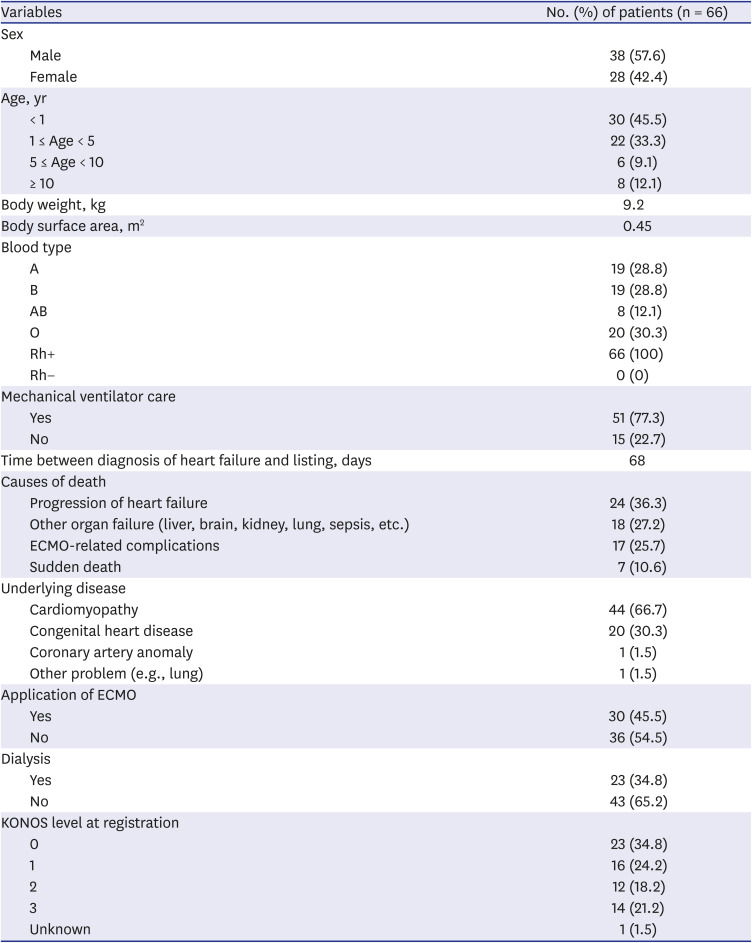
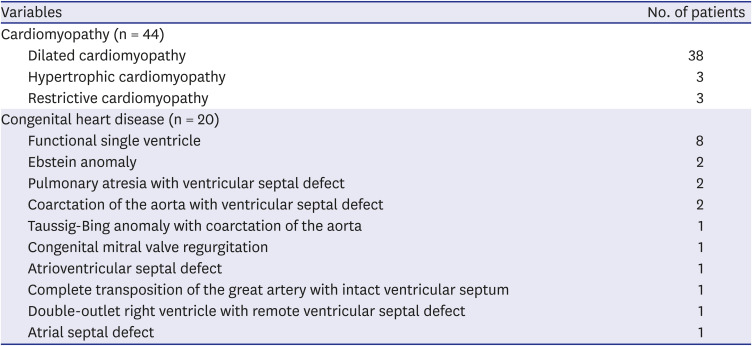





 PDF
PDF Citation
Citation Print
Print




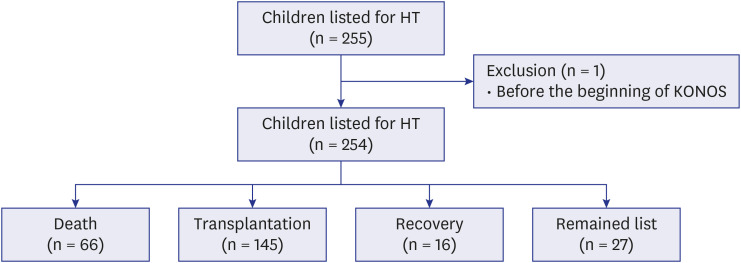
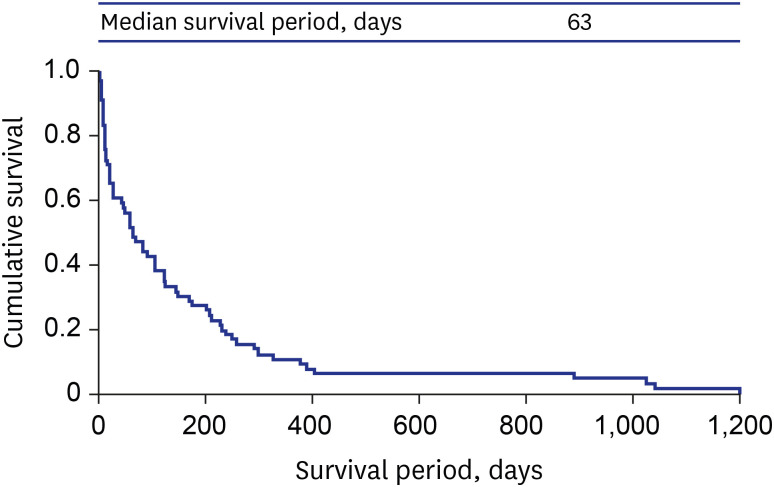
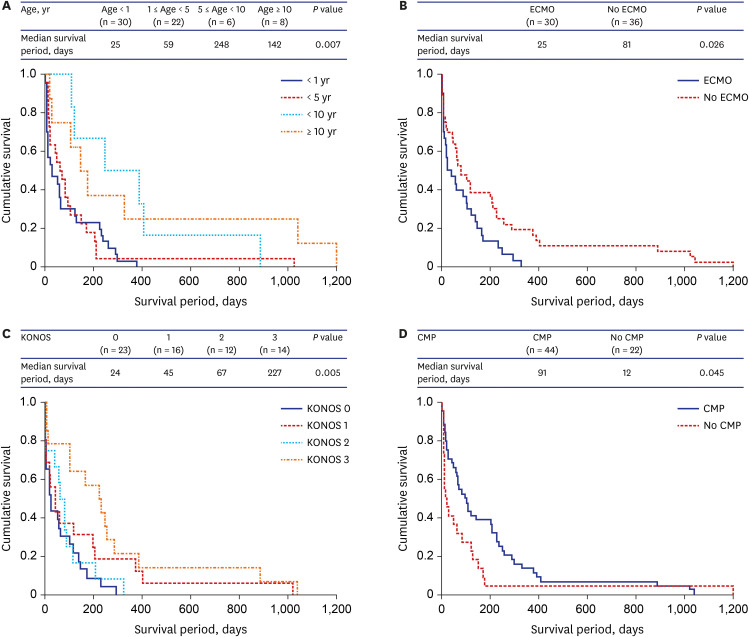
 XML Download
XML Download